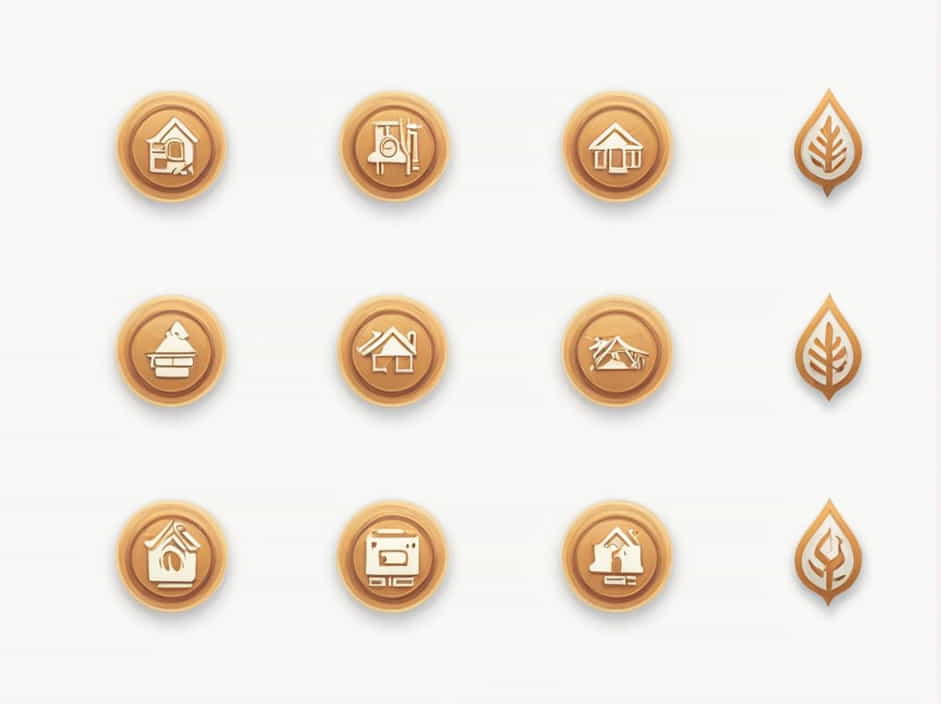The Kwakiutl people, an Indigenous group from the Pacific Northwest Coast of North America, are known for their rich culture, artistic traditions, and unique architectural structures. One of the most distinctive aspects of their lifestyle was their traditional shelter: the plank house. These homes were designed to withstand the region’s harsh coastal climate while providing space for large families and community gatherings.
In this topic, we will explore what kind of shelters the Kwakiutl lived in, how they were constructed, their cultural significance, and how these homes evolved over time.
What Type of Shelter Did the Kwakiutl Live In?
The Kwakiutl traditionally lived in large wooden plank houses made from red cedar trees. These homes were sturdy, weather-resistant, and well-suited for the coastal environment of what is now British Columbia, Canada. The plank houses were not only functional but also held deep cultural significance, often decorated with carvings and paintings that reflected family heritage and spiritual beliefs.
How Were Kwakiutl Plank Houses Built?
1. Selecting the Right Materials
The Kwakiutl primarily used Western red cedar, a durable and naturally weather-resistant wood. This tree was abundant in their region and easy to work with, making it the ideal material for constructing large, long-lasting homes.
2. Framework and Structure
The basic structure of a plank house consisted of thick cedar logs used for the foundation and wide wooden planks for the walls. The planks were attached to a framework of strong wooden beams, creating a solid but flexible structure that could endure storms and heavy rain.
3. Roof Design
The roofs of Kwakiutl plank houses were usually gabled or slanted, allowing rain to run off easily. The roof was made of overlapping cedar planks, sometimes weighed down with heavy stones to prevent shifting during strong coastal winds.
4. Size and Layout
Plank houses varied in size, but many were massive, sometimes over 100 feet long. These homes housed extended families and multiple generations, making them important communal living spaces. Inside, homes featured open floor plans with areas designated for cooking, sleeping, and ceremonies.
The Cultural Importance of Kwakiutl Plank Houses
Beyond their function as shelters, plank houses were central to Kwakiutl society and culture. They served as family homes, ceremonial spaces, and symbols of wealth and status. Some key cultural aspects of these homes included:
1. Totem Poles and Decorations
Many Kwakiutl plank houses featured intricately carved totem poles at their entrances. These carvings often depicted ancestral stories, family crests, and mythological creatures, signifying the history and heritage of the household.
2. Winter Villages and Seasonal Living
The Kwakiutl followed a seasonal lifestyle, living in large plank houses during the winter months and moving to smaller, temporary camps in the summer while engaging in fishing, hunting, and food gathering.
3. Potlatch Ceremonies
One of the most important cultural events in a Kwakiutl home was the potlatch, a ceremonial feast that involved gift-giving, storytelling, and social ranking. These gatherings reinforced social bonds and demonstrated a chief’s wealth and generosity.
How Kwakiutl Plank Houses Compare to Other Indigenous Shelters
Different Indigenous groups across North America built homes suited to their environments. Here’s how Kwakiutl plank houses compared to other types of Indigenous shelters:
- Plank Houses vs. Tipis – Unlike the portable tipis of the Great Plains tribes, Kwakiutl plank houses were permanent structures designed for settled communities.
- Plank Houses vs. Wigwams – Algonquian-speaking tribes built dome-shaped wigwams, which were smaller and made of flexible wooden frames covered with bark or animal hides.
- Plank Houses vs. Pueblo Houses – The Pueblo people of the Southwest constructed homes from adobe (sun-dried mud bricks), which were suited for the dry desert climate rather than the rainy coastal environment of the Kwakiutl.
Are Kwakiutl Plank Houses Still Used Today?
While most Kwakiutl people today live in modern homes, plank houses remain an important symbol of their cultural heritage. Some communities have reconstructed these traditional homes for cultural demonstrations, educational purposes, and ceremonial events. Efforts to preserve and celebrate Indigenous architecture continue, ensuring that the legacy of Kwakiutl plank houses remains alive for future generations.
The Kwakiutl plank house was more than just a shelter—it was a center of community life, culture, and tradition. Built from strong cedar wood, these homes provided warmth, protection, and space for social gatherings. Their intricate carvings, totem poles, and large communal spaces reflected the deep connection between the Kwakiutl people and their natural environment.
By learning about these traditional Indigenous homes, we gain a greater appreciation for the architecture, craftsmanship, and cultural significance that shaped the history of the Kwakiutl people.
